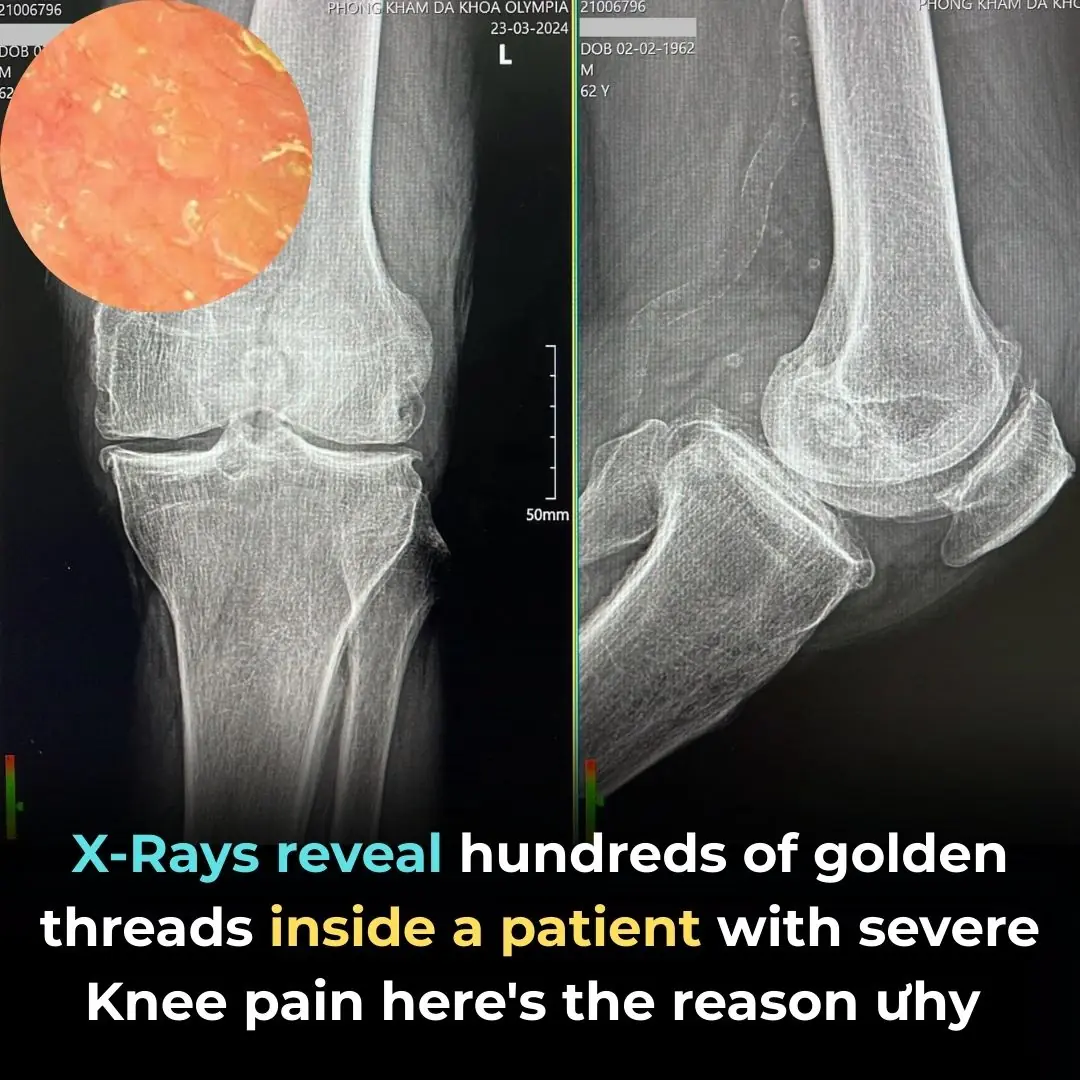
CRISPR Breakthrough: Scientists Achieve Complete HIV Eradication in Lab Cells
In a groundbreaking development, scientists have successfully utilized CRISPR-Cas9 gene-editing technology to completely eliminate HIV from infected human cells in laboratory settings. This advancement marks a significant step toward finding a potential cure for HIV, offering renewed hope to millions affected by the virus worldwide.
Understanding CRISPR-Cas9 and Its Role in HIV Research
CRISPR-Cas9 is a revolutionary gene-editing tool that allows scientists to make precise alterations to DNA within living organisms. In the context of HIV research, this technology has been employed to target and remove the virus’s genetic material integrated into the host cell’s genome. By doing so, researchers aim to eliminate the virus’s ability to replicate and persist within the body.
The Laboratory Breakthrough
Researchers at Amsterdam University Medical Center have demonstrated the potential of CRISPR-Cas9 in eradicating HIV from infected human cells. In their study, they applied the CRISPR-Cas9 system to excise the integrated HIV DNA from the host cells, resulting in the complete removal of the virus. This achievement is particularly noteworthy as it addresses the challenge of HIV’s ability to hide in latent reservoirs within the body, which has been a significant obstacle in curing the infection.
Implications for HIV Treatment
The success of this laboratory experiment suggests that CRISPR-Cas9 could play a pivotal role in developing a cure for HIV. Unlike current antiretroviral therapies that suppress the virus without eliminating it, gene-editing approaches aim to remove the virus entirely from the body. If this strategy proves effective in clinical settings, it could lead to a one-time treatment that offers a permanent solution to HIV infection.
Challenges and Future Directions
Despite the promising results, several challenges remain before this approach can be applied to human patients. One of the primary concerns is the delivery mechanism of the CRISPR-Cas9 system to effectively target all infected cells without causing unintended genetic alterations. Additionally, ensuring the safety and efficacy of this treatment in humans requires extensive clinical trials and regulatory approvals.
Moreover, the potential for the virus to develop resistance to the gene-editing intervention is a critical consideration. Ongoing research is focused on understanding the long-term effects of CRISPR-Cas9-based therapies and developing strategies to mitigate any risks associated with its use.
The successful elimination of HIV from infected human cells using CRISPR-Cas9 represents a monumental step forward in HIV research. While significant hurdles remain, this breakthrough offers hope for a future where HIV can be eradicated, transforming the lives of millions living with the virus. Continued research and clinical trials will be essential in determining the feasibility of this approach as a viable cure for HIV.
Sources:
“CRISPR-Cas gene editing technology can be used to eliminate all traces of HIV from infected cells in the laboratory, raising hopes of a cure.”
“The latest CRISPR-Cas gene editing technology can be used to eliminate all traces of the HIV virus from infected cells in the laboratory.”
“Researchers from Amsterdam University Medical Center have successfully used the CRISPR-Cas gene-editing technology to eliminate HIV from infected cells in the laboratory.”
“CRISPR-Cas9 has been used to excise latent HIV DNA integrated into the host cell genome, representing a unique strategy for eradicating the virus rather than simply suppressing it with ART.”
“CRISPR-Cas9 is a revolutionary gene-editing tool that allows scientists to make precise alterations to DNA within living organisms.”
News in the same category


X-rays Reveal Hundreds of Golden Threads Inside a Patient with Severe Knee Pain — Here’s the Reason Why

Blind Man Can Now See Through His Tooth After Losing Sight 20 Years Ago – He Explains How It Works

Harvard expert issues chilling warning that strange object heading towards Earth may be a ‘mothership'

Nvidia's futuristic 'robot brain' officially goes on sale to the public for insane price

Emotional Starbucks Employee Reaction Over Long-Hour Shift Sparks Debate

Shocking Discovery at Her Son’s Bed Leaves Mom Terrified

Northern lights alert : the best displays in years could be coming

The Science Behind the Blood Moon: How Earth’s Shadow Creates the Red Glow

Germany’s Suitcase-Sized Turbine Powers 12 Homes from a Small Stream

First PlayStation 6 game could've just been revealed and people aren't impressed

Terrifying moment woman is taunted by stranger 'watching her' through Ring doorbell sparks alarm bells for others

UFOs Are Swarming U.S. Military Zones—And One Just Crashed Into a Fighter Jet

Why You Should Toss a Water Bottle Under Your Hotel Bed

Remembering Aleksander Doba, Who Kayaked Across Atlantic

10 Breathtaking Frozen Lakes, Oceans And Ponds, That Look Like Art

The World’s Largest Edible Mushroom Lives in Symbiosis with Termites and That’s Why It Grows So Huge

Calla Lily Valley Near Big Sur, California

Starlings Obscure the Sky Over Rome: A Dystopian Viral Photo
News Post

Game-changing 'hidden' features in iOS 26 update you've probably missed

X-rays Reveal Hundreds of Golden Threads Inside a Patient with Severe Knee Pain — Here’s the Reason Why

Blind Man Can Now See Through His Tooth After Losing Sight 20 Years Ago – He Explains How It Works

Harvard expert issues chilling warning that strange object heading towards Earth may be a ‘mothership'

Nvidia's futuristic 'robot brain' officially goes on sale to the public for insane price

These 4 places are "bacteria nests" in the rice cooker, need to be cleaned every month

🌿 Wash Your Hair with This Herb and Watch Baby Hairs Grow Back Fast — Say Goodbye to Hair Fall

🪵 Don't Wash Moldy Wooden Cutting Boards with Soap—Try This 5-Minute Natural Cleaning Hack Instead

🌾 Ginger and Rice Water Hair Treatment: A Natural Secret for Fast Growth, Thicker, Shinier Hair

Colgate Toothpaste for Face Whitening: The Secret Combo of Tomato and Colgate 🍅✨

Emotional Starbucks Employee Reaction Over Long-Hour Shift Sparks Debate

Shocking Discovery at Her Son’s Bed Leaves Mom Terrified

If You Have These Two ‘Dimples’ on Your Lower Back, This is What They Mean

How My Nana’s Baking Soda Skincare Routine Became My Favorite Beauty Secret

Popular Drink Could Be Permanently Staining Your Teeth Yellow, Experts Say

Powerful Natural Remedies for Ear Infections That You Can Try at Home

Northern lights alert : the best displays in years could be coming

The Science Behind the Blood Moon: How Earth’s Shadow Creates the Red Glow
